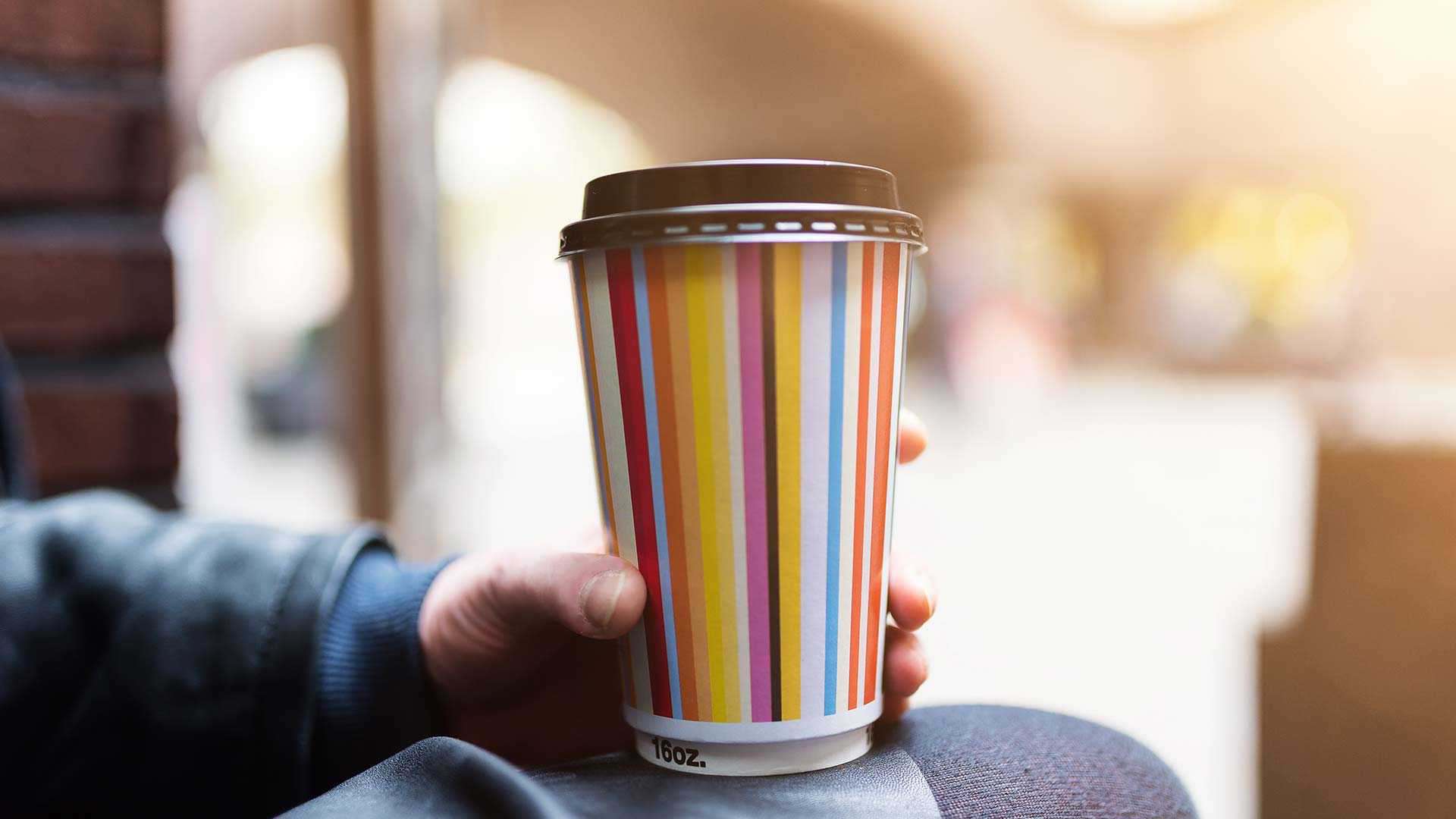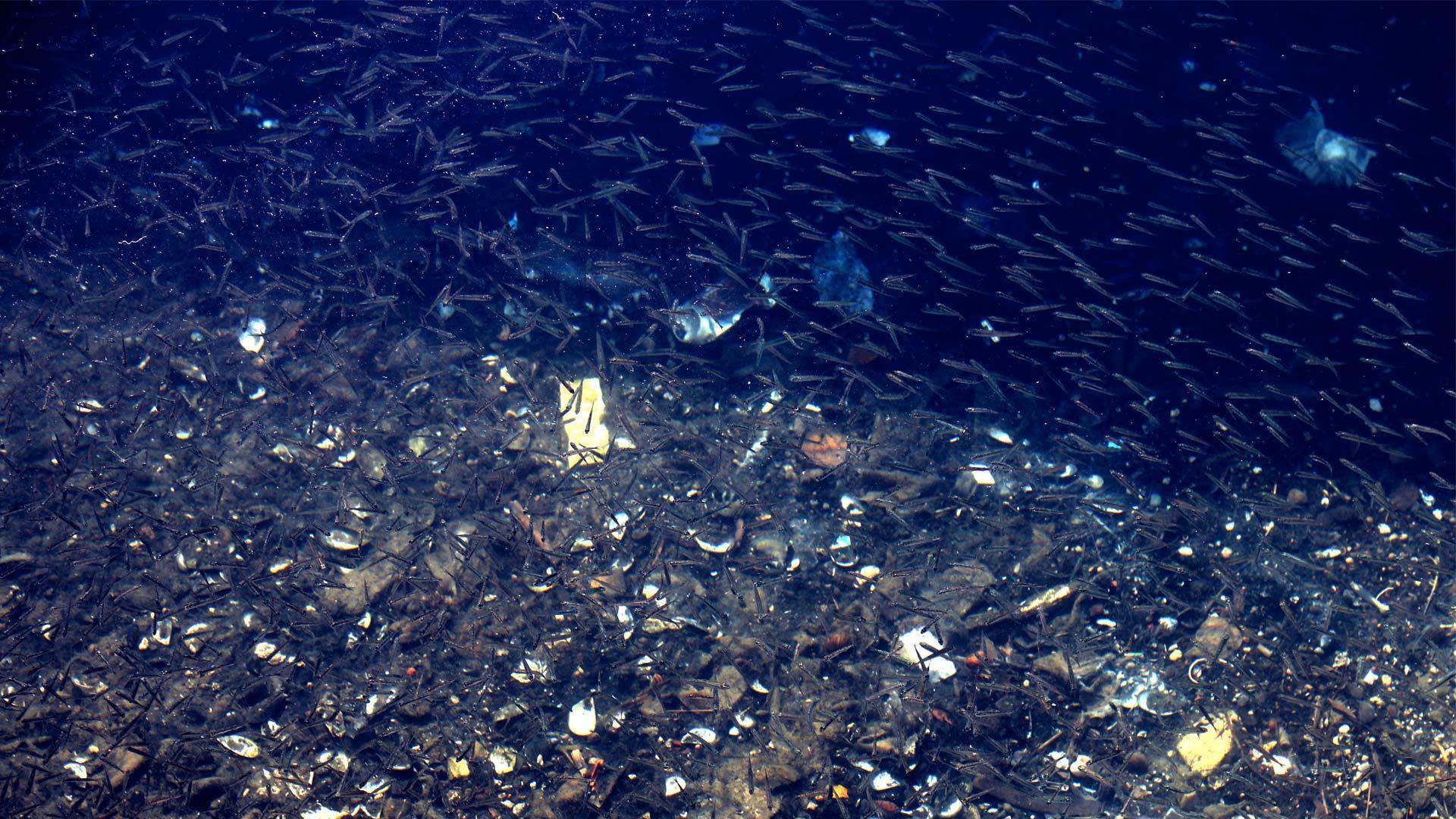A Green Future: What Can We Do about Plastic Packaging?
We look at the challenges of going plastic free by 2042 in the UK and how innovation in packaging is vital to reach that goal.

Director of Marketing Communications

This article was co-authored by Darren Ragheb and Richard Miller, of Miller-Klein Associates Ltd.
At the end of 2017 the natural history programme, Blue Planet II, dramatically pushed the impact of waste plastics on the oceans into public eye. Since then, the topic has rocketed to the top of the political agenda in the UK. The media have responded to public interest through dramatic stories about tiny microplastic fragments being found everywhere in the environment, including in our water supplies and food.
The UK Government published ‘A Green Future’, its 25-year environmental plan, at the beginning of 2018. Ministers are now talking about eliminating avoidable plastic waste by 2042, introducing plastic-free supermarket aisles and deposit return schemes for plastic drinks bottles.
At the same time, China banned the import of many types of plastic waste for recycling. This was the major destination for UK waste plastic — we exported about half a million tonnes a year — and now we have to re-think how we handle it.

It is not just Packaging
Plastics are fully entwined with the way we live our lives and the way the economy works. There is a significant conversation around the topic of plastic waste, with much focus on plastic packaging. This makes sense when you look at the figures: according to the Green Alliance, approximately one third of the plastic waste entering the sea is from drinks containers and another ten per cent comes from assorted wrappers and plastic bags.
But the Green Alliance also notes that the notion of “war on plastics’” could do more harm than good, and think it’s better to focus on a “war on plastic litter.”
Plastic packaging makes our global supply chains function and enables us to have a variety and quality of food throughout the year that would otherwise be impossible. When we look at the food system, packaging is indeed a problem, but there are other environmental impacts. For example, the UK wastes more than ten million tonnes of food each year, with nearly three-quarters of this waste being from the home. This is a huge environmental footprint in CO2, water and land use. Reducing food packaging is, contrary to popular belief, likely to actually increase waste. Reducing plastic packaging alone will not solve the problem. Nearly half the plastic waste in the oceans is from packaging, but over half isn’t. For example, approximately 640,000 tonnes of plastic enters the oceans each year as ‘ghost gear’ from boats and ships; fishing lines and nets lost or dumped overboard.
To have any chance of solving the problem of plastic waste in our environment, we will have to explore all routes for integrating non-biodegradable plastics into our lives. Packaging is a good starting point, but we must be careful not to demonise plastic packaging and assume we can entirely fix the plastic problem by abandoning it.

Balancing consumer and environmental gains and losses
The challenge is to increase the positive value of packaging to the consumer, while reducing the negative environmental impacts.
Extra benefits from packaging can be produced by:
- Increasing product security through tamper-proof or tamper-evident packaging
- Traceability of products and secure provenance, taking fake and illegal products out of the market
- Reducing waste by increasing product protection and extending shelf life
- Improving quality, particularly for foodstuffs, through improved shelf life and use-by dates based on product condition
- Better protection for partially-used products, for example paint that does not set solid if part used
At the same time, we want to reduce negative environmental impacts. We can do this by:
- Reducing the amount of packaging
- Only allowing fully biodegradable packaging to be released into the environment
- Closing the loop for nonbiodegradable materials
Pulled in two directions
The conflicting needs of maximising the positive value of packaging, while minimising negative environmental impacts, are pulling the requirements for plastics in opposite directions. Improving the positive benefits of packaging suggests increasing sophistication and complexity. Using composites and laminates could improve protection with the minimum amount of packaging, or integrating sensors and communications using printable electronics to make each pack part of the Internet of Things.
However, reducing environmental impact would mean simplifying packaging to make it more efficient to sort and recycle.
Unfortunately, increasing packaging complexity to gain performance benefits also makes the packaging much harder to recycle using current methods.
Packaging innovation is vital
To truly maximise the positives and reduce the negatives of packaging, collaborative innovation in the complex economic and technical ecosystem is essential. All the players in the extended supply chain must be involved: plastics producers, packaging converters, brand owners, co-packers, logistics companies, retailers, waste collectors, and recyclers.
We need to take a system approach, and tackling system challenges is never easy. Below are some examples of the ways we will need to innovate, exemplified through current case studies from CPI and partners:
- Design for recycling to make sure that more sophisticated packaging does not become impossible to recycle
- Developing new materials that have better barrier properties and strength, but are still easy to recycle. View our related Case Study on high performance coatings for consumer packaging
- Developing biodegradable plastics that meet all the technical requirements of existing packaging materials, while coming from renewable resources and being drop-in replacements for the existing materials. View related Case Study on moving towards sustainable bioplastics.
- Creating packaging from a single polymer type for reliable biodegradation, or easy recycling
- More reliable collection strategies, and improved sorting and cleaning techniques for handling mixed packaging waste. View related Case Study on enabling Internet of Things through Smart Packaging
- New standards that encourage the greatest use of recycled polymers in safety-critical applications such as food contact
Tackling the system problem of packaging and packaging waste in our society will need collaboration between national government, local government and all the key players in the market. Working together we can continue to gain all the benefits of plastic packaging, while dramatically reducing the environmental cost. Reducing the environmental cost will undoubtedly bring with it many social and economic benefits at the same time. A clear example of the ‘triple bottom line’ in action.
Enjoyed this article? Keep reading more expert insights...
CPI ensures that great inventions gets the best opportunity to become a successfully marketed product or process. We provide industry-relevant expertise and assets, supporting proof of concept and scale up services for the development of your innovative products and processes.